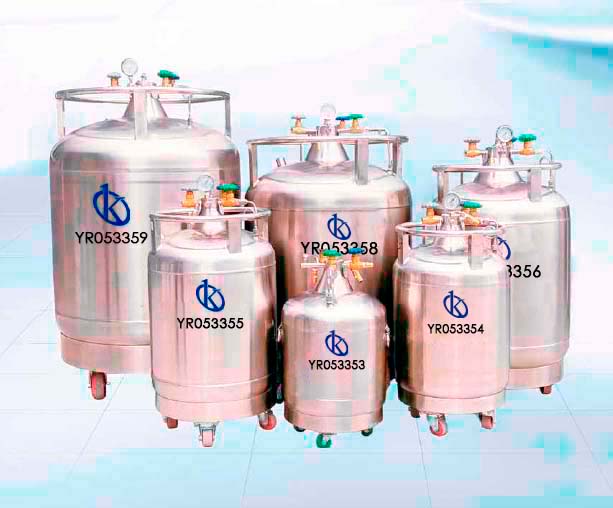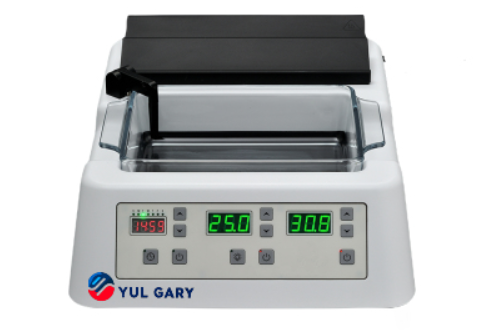Nitrogen is a chemical element found in group 15 and period 2 of the periodic table and, in addition, its atomic number is 7, that is, each atom of it has 7 protons in its nucleus. On Earth, making up 78% of the atmosphere, is molecular nitrogen, which is just two nitrogen atoms joined together.
Molecular nitrogen, is a colorless, odorless and tasteless gas, very abundant in the universe, in fact, is the seventh most abundant element in the entire Solas System and the Milky Way. On the other hand, liquid nitrogen is nothing but pure nitrogen in a liquid state. It is colorless and odorless, has a temperature of about -195.8° C and a triple point density of about 0.807 g/ml. It is produced through the fractional distillation of liquid air. It is very common in industry, in laboratories, where it is used as a refrigerant, and in cryogenics, among others.
Uses of liquid nitrogen
Liquid nitrogen can be used in: the preservation of biological samples, in order to avoid damage to structures; to preserve various types of laboratory samples, such as cells, sperm, blood, semen or tissue samples, among others; as a refrigerant of CCD cameras, in astronomy laboratories.
In addition to the above, it is also used for the preservation and preparation of food, such as ice cream, in cryotherapy, to destroy cancer cells and prevent the spread of disease and in the ecological burial or promotion of corpses. It has various functions, making it a very useful liquid.
Hazards of liquid nitrogen
Risk of burns, handling it, if not done properly, is a high risk of burns. The risk is not only when coming into contact with the skin, but also can burn the eyes or lips because of vapors. On the other hand, soft tissues, such as the ears or nose, become especially fragile and have a high degree of tear when coming in contact with this chemical.
Risk of choking, because liquid nitrogen tends to displace oxygen in the event of leakage, effects such as decreased intellectual capacity, dizziness, and possible fainting or, if exposure is very prolonged, choking due to lack of oxygen entry into the brain may occur. In case of leakage, it is advisable to occupy low places, because nitrogen is denser than air.
Risk of breakage, although not corrosive, materials that come in contact with nitrogen tend to become brittle, this is due to its low temperature. As a result, in the event of a leak, in addition to the risk of choking due to displacement of oxygen, the surrounding materials may deteriorate and fall.
Instructions for proper handling of a liquid nitrogen tank
It should be taken into account that, before handling liquid nitrogen tanks, it is necessary to review the safety manuals, since, being an inert gas, it has the ability to displace oxygen, in addition, it can cause burns as a result of its low temperature. Here’s how to handle a tank of liquid nitrogen.
- The container mouth should not be covered tightly as the use of any pressure controller can create cracks in the tanks. For this reason, containers should be monitored regularly.
- Liquid nitrogen must be transferred with caution to avoid spills and splashing, for this it is essential to use specialized funnels.
- You should never overfill the tanks with liquid nitrogen, this can cause spills, also this shortens the shelf life of the container.
- The containers should be stored in clean places with a good source of ventilation.
- For disinfection of containers, light soap solutions should be used, which do not cause any corrosion.
- During transportation, great caution should be taken, it is not advisable to transport tanks in closed vehicles, as this can cause gas accumulation.
- During transport, containers should always be in an upright position.
Nitrogen tanks brand Kalstein
At Kalstein we are liquid nitrogen tank MANUFACTURERS and have different models, all with advanced vacuum technology and super insulation technology. Our tanks are of high quality at the best PRICES, of course, at the time you make your PURCHASE you will be advised all the time by our experts so that your experience with us is satisfactory. To view our catalog, visit HERE. For more information, visit our website HERE





